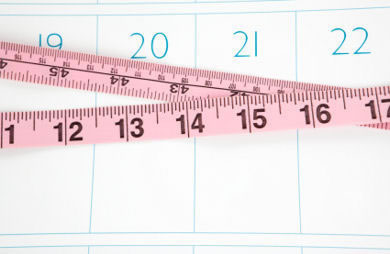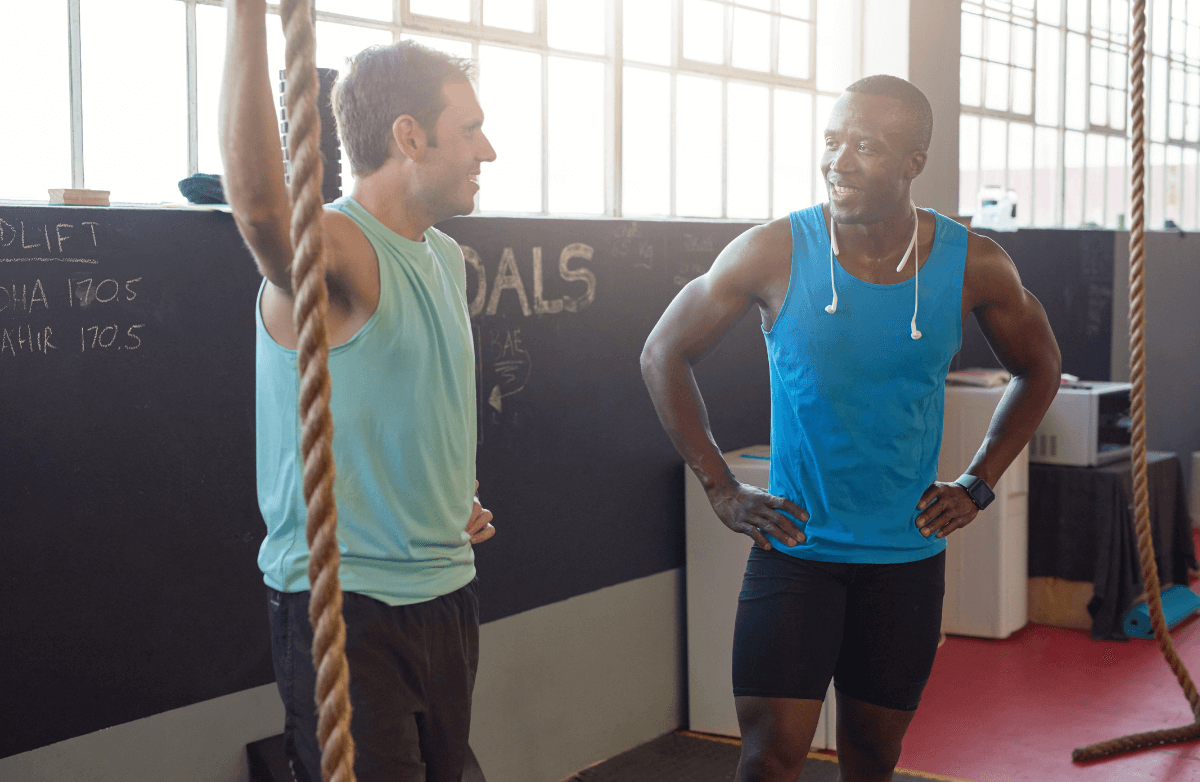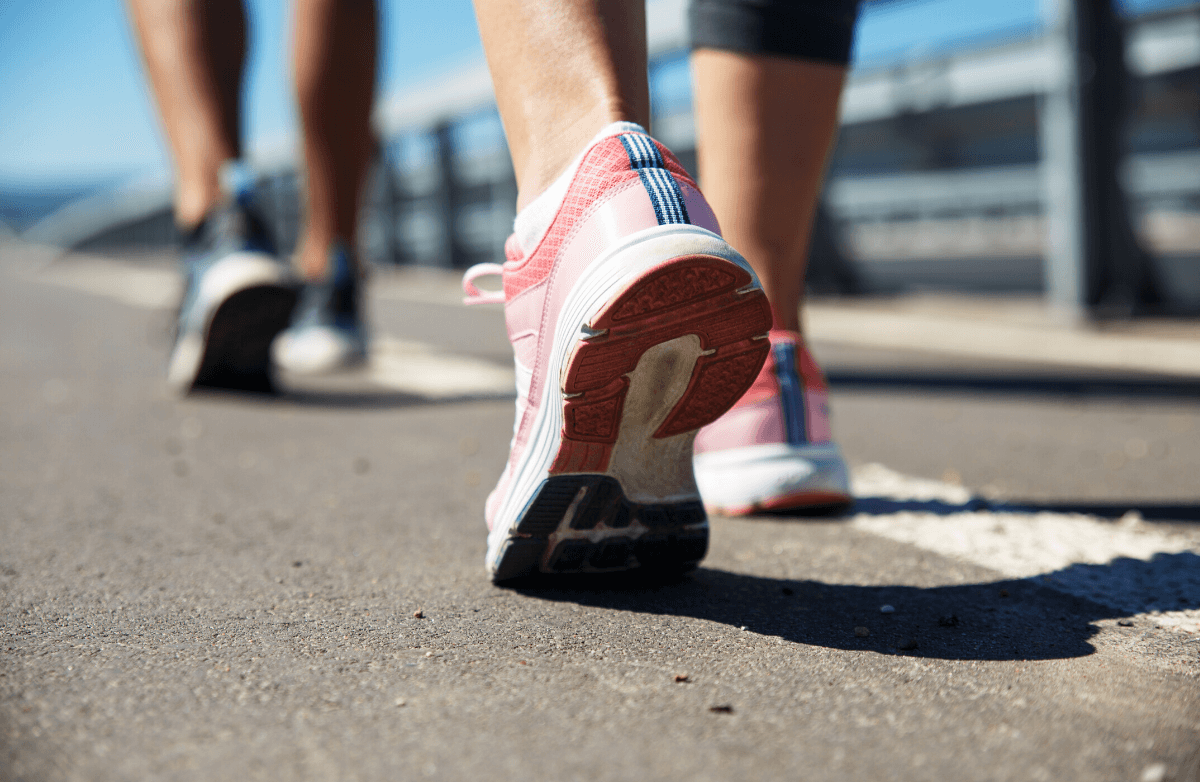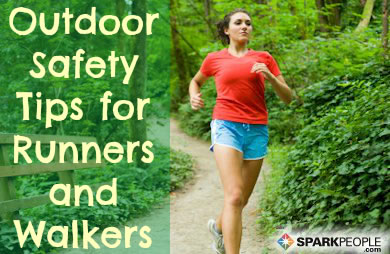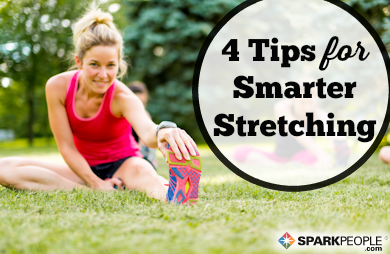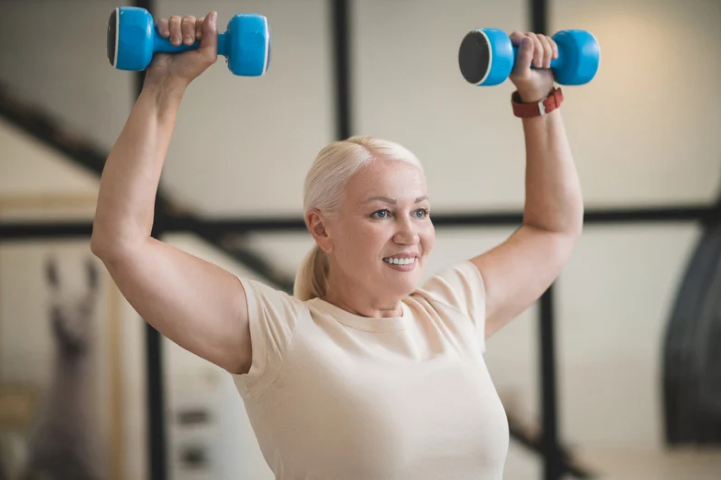Like many good things in life, though, exercise can also be risky—especially if it’s been a while since you've worked up a sweat or if you have any health conditions (including obesity) that could increase your risk of injury. So, it’s important to know how to keep yourself safe and avoid potential problems before they happen.
Before You Start: Safety Precautions
If you are planning to increase your physical activity or start an exercise program, you start with a sedentary activity—answering a few short questions, that is. The PAR-Q, or Physical Activity Readiness Questionnaire, is the gold standard in
- Has your doctor ever said that you have a heart condition and that you should only do physical activity recommended by a doctor?
- Do you feel pain in your chest when you do physical activity?
In the past month, have you had chest pain when you were not doing physical activity?- Do you lose your balance because of dizziness or do you ever lose consciousness?
- Do you have a bone or joint problem (for example, back, knee, or hip) that could be made worse by a change in your physical activity?
- Is your doctor currently prescribing drugs (for example, water pills) for your blood pressure or heart condition?
- Do you know of any other reason why you should not do physical activity?
Likewise, if you have any chronic medical conditions (such as diabetes, high blood pressure or arthritis) or risk factors (such as smoking or being more than 20 pounds overweight) and have not discussed exercising with your doctor, you should do so before beginning. Exercise is often an important part of the treatment for such conditions, but you may have some limitations or special needs that your doctor can tell you about.
And always remember the golden rule of exercise safety: start slowly, and build up the intensity and duration of your exercise gradually. Trying to make up for lost time or go from couch potato to exercise maven overnight, is a prescription for problems.
Getting Started: The Right Gear
Many injuries and setbacks occur because people don’t take the time to get themselves well-equipped for their exercise. Make sure you:
- Wear shoes that fit well and are capable of providing the right kind of support for your activity and body type. If you’re a runner or walker, get your feet and gait analyzed, and get the right type of shoe for you—this service is usually provided free by stores that specialize in running shoes.
- Wear appropriate exercise clothing. Fabrics that absorb sweat and remove it from your skin are best; loose-fitting, lightweight cotton is also fine. Women should wear supportive sports bras. But no one should ever wear rubber or plastic suits or belts—these prevent your body from dissipating heat properly and can lead to serious health risks from overheating and dehydration.
- Use protective gear: helmets for biking or high-contact sports; knee and elbow pads for skating; reflective clothing and/or lights for evening exercise; sunglasses, sunscreen, and hats for outdoor exercise.
- Avoid things like ankle and wrist weights. They can alter your normal movement patterns and increase the risk of injury. If you must add weight to your workout, a weighted vest helps distribute weight more evenly and allows you to move more freely and normally than weights attached to your extremities.
When to Stop: Warning Signs
A certain amount of discomfort during exercise is normal and inevitable—after all, you are challenging your body to do more than it is accustomed to. And you can expect to have some sore muscles after a vigorous workout; often the soreness doesn’t show up until a day or two later, especially with strength training.
But pain and other symptoms that occur during exercise can be warning signs that something is wrong. You should stop exercising right away if you:
- Have pain or pressure in the left or middle part of your chest, or in the left side of your neck, left shoulder or left arm
- Feel dizzy or sick
- Break out in a cold sweat
- Have muscle cramps
- Feel sharp pain in your joints, feet, ankles or bones
- Notice that your heart starts racing or beating irregularly
What to Look for In Gyms and Trainers
If you do some of your exercise in the gym, whether on your own, in group classes, or with a personal trainer, there are some simple precautions you can take to keep yourself safe:
- Make sure the gym’s trainers and instructors have been trained and certified by a reputable, national certification agency, such as ACE, AFAA, ACSM or NSCA. They should also hold current CPR and First Aid certifications, so they can take action if an emergency occurs.
- Ask the gym staff about the emergency action plan (every gym should have one and the employees should know its details) and equipment they have on hand, such as a basic first aid kid and an AED, or automated external defibrillator.
- Tell every personal trainer and fitness instructor who works with you about your limitations or medical conditions. Well-trained instructors should ask about this at the beginning of any group class or during your first session and be able to offer modifications.
- If you don't understand the instructions given, the proper way to do an exercise or how to use a piece of equipment, always ask first. Improper technique or body positioning is a major cause of injury.
So, do your homework first, then get out there and start sweating!





